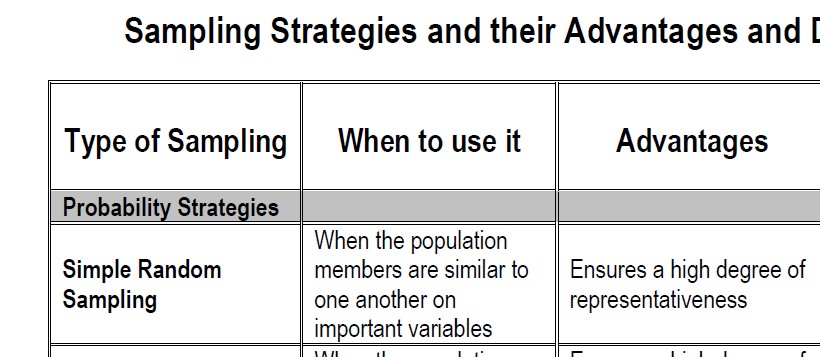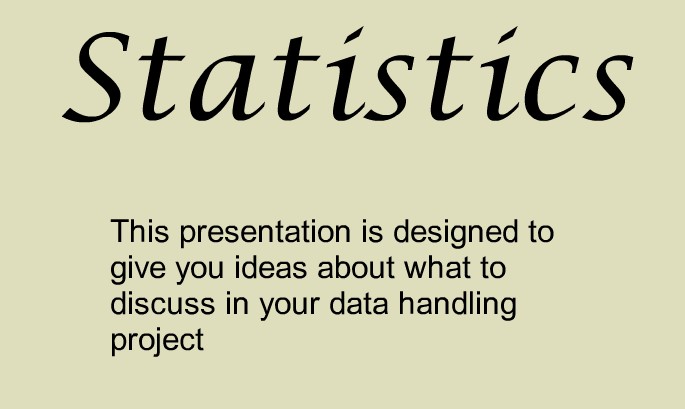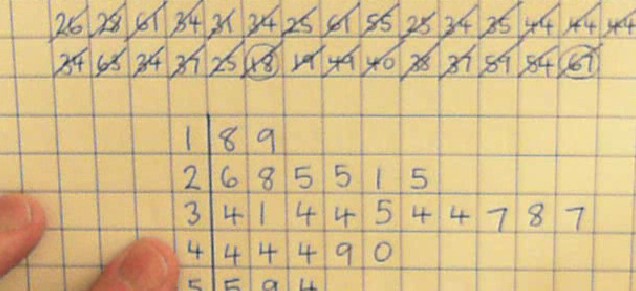Sampling Strategies

Lists various sampling strategies and suggests their advantages and disadvantages.

In an ideal world, if we wanted to find something out about what people think or how altering a particular makeup of a medicine alters the success of a drug, we would ask or test every single person or event. This is not always possible though, so we have to come up with a viable alternative to make things more efficient whilst trying to ensure that we are able to draw the same conclusions from our study.
There are three words that we need to define at this point. Ontology is someone's world view. This means how they see the world: is it something that can be measured using instruments or is it something that grows in your mind and gets clearer as you get to know more about something. The realist ontology is one that suggests that the world is out there to be measured. The idealist ontology is one where protagonists think that the truth of anything is something that grows inside you. It would be very strange if you just believed in one or the other of these ontologies. The truth is that these ontologies apply to different situations better or worse. For instance, if you were looking at the speed of a racing car, then measure it and that would be a realist ontology. If you were looking at what makes a good friend, then the idealist ontology would be the way to go because it is something that you decide upon yourself. Hopefully, that has made that a little clearer.
One way of finding information is to measure it using instruments. These might be stop watches, pH meters, rulers etc and these work in what is called a realist ontology where there are things that can be measured. However, sometimes, we have to measure things in a different way.
Put very simply, the idealist ontology suggests that truth is in our head and we get closer and closer to the actual truth with the more information we can gather.
So getting to the truth with something that can be measured using an instrument is comparitively easy as long as we know how to use the instrument competently. Getting to the truth on matters not easily measured such as, trying to find out what makes a good friend, is a lot more complicated. One way might be to hand out a questionnaire oor interview someone. Designing the questionnaire is more complicated than it would first appear. You need to be careful about not suggesting the right answer to people. This is called bias and it can ruin a study of any question if it is not considered carefully.
How many people should you ask is another consideration. We call this the field size and if you are trying to generalise to find the truth for a whole population, what is the minimum number of people that would give you the answer? How do you select which people are in a study and which ones are left out? This is called sampling and is an important question to avoid bias and ensure fairness. These are just a couple of things you need to consider when collecting data.

Lists various sampling strategies and suggests their advantages and disadvantages.

This is a swf file about statistics. Looks at sampling strategies and other things you need to consider when devising a study.

Video on building an unordered and an ordered stem and leaf diagram.

A story about a group of children. Use Edwards Venn diagrams to place the children in the correct region on the Venn Diagram.

A brief introduction to questionnaire design and sampling including a clip from Yes Prime Minister about leading questions.